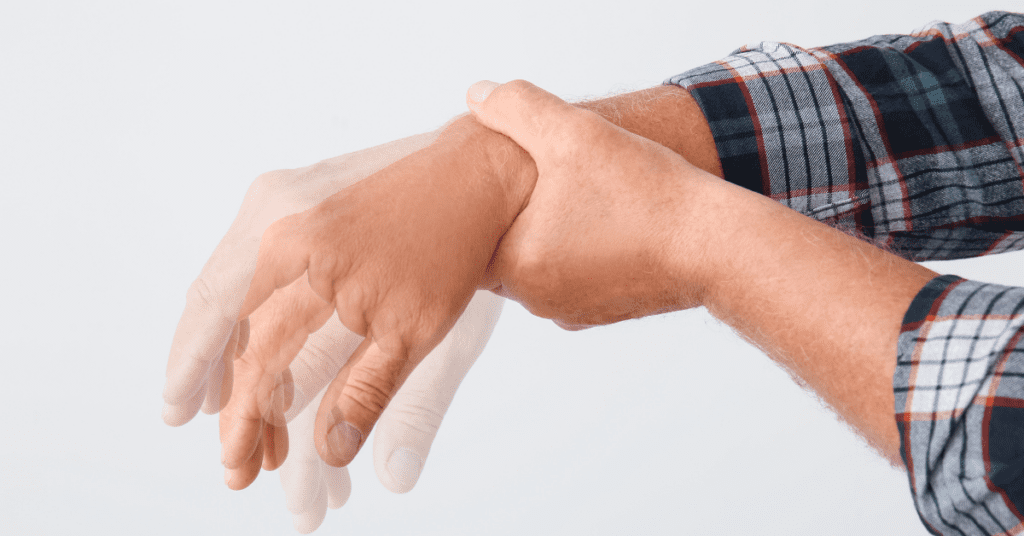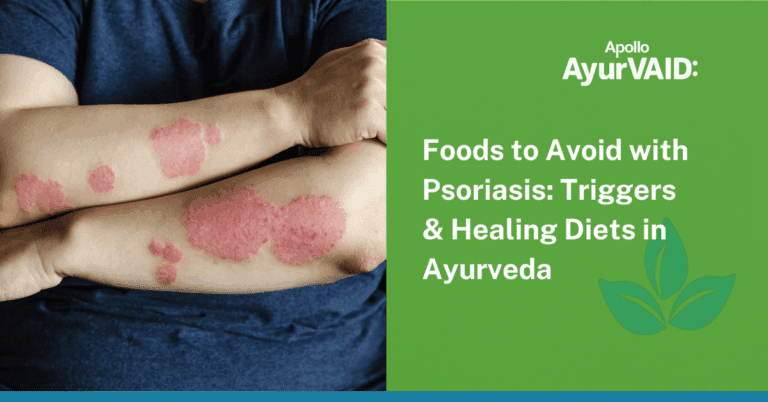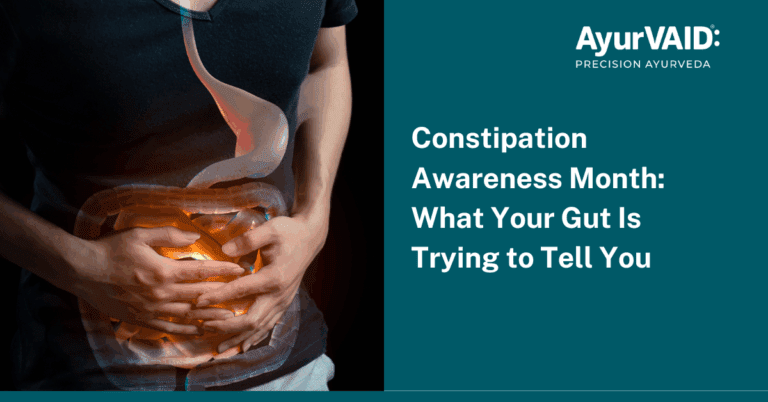
Difference Between Typical and Atypical Parkinson’s
Parkinson’s disease is a neurological disorder affecting 1% of the population over age 65 and is the fourth most common neurological degenerative disorder found in the elderly. The three main physical symptoms are tremors, muscular rigidity, and Bradykinesia. The most common form of Parkinsonism is Parkinson’s disease, but there are also other forms known as Atypical Parkinsonism. Though these conditions have similar symptoms, they differ in their cause, prognosis, and treatment.
Typical Parkinsonism and Atypical Parkinsonism are dissimilar in terms of life expectancy. Patients with typical Parkinsonism tend to have a near-normal life expectancy, while those with Atypical Parkinsonism often have a shorter life expectancy.
Symptoms of Typical and Atypical Parkinson’s
Typical Parkinson’s and Atypical Parkinson’s share many common symptoms, such as tremors, rigidity, and bradykinesia. However, Atypical Parkinson’s presents with additional conditions affecting different parts of the brain, like Progressive Supranuclear Palsy (PSP) Dementia with Lewy bodies, Multiple system atrophy, or Corticobasal syndrome.
Progressive Supranuclear palsy: is a rare but severe form of Atypical Parkinson’s that affects the brainstem and basal ganglia. It causes compromised voluntary movement control, and patients have difficulty in walking, with eye movements – pronounced when looking downward, and with maintaining balance — when descending stairs, for example. Backward falls are more frequent and may occur during the early phase of the disease. Eventually, trouble with speech and swallowing can be seen. Unlike Parkinson’s disease, PSP is not usually associated with tremor.
Dementia with Lewy Bodies: Atypical Parkinson’s disease associated with Dementia with Lewy bodies results in changes in attentiveness over hours or days, often with prolonged duration of sleep (two hours or more) during the day. Visual hallucinations — typically of small animals or children, or moving shadows in the peripheral visual field — are common. It is the second most frequent cause of Dementia in the elderly, next to Alzheimer’s disease, which commonly affects patients in their 60s.
Multiple System Atrophy (MSA) : Mainly affects autonomic functions, with increased urinary urgency, acute retention and incontinence in later stages, constipation, light-headedness when standing, and significant unexplained erectile dysfunction in men. Patients may experience unexplainable redness and coldness in hands and feet. When MSA affects the cerebellum, patients may have gait disturbances, characterized by a wide-stance unsteady gait, and lack of coordination in the hands, feet, or both.
Corticobasal Syndrome (CBS): The symptoms often appear only on one side of the body. Some patients may have difficulties with simple arithmetic calculations early on in disease manifestation. Patients may suffer from an inability to demonstrate or recognize the use of everyday objects. For instance, scooping cream with a spoon and directing it to the mouth cannot be demonstrated.
Parkinson’s Disease: An Ayurveda Approach
In Ayurveda, the closest description of Parkinson’s Disease is Kampavata, symptoms of which include Karpadatale kampa (tremors in the palms and feet), Nidrabhanga (loss of sleep), and Kshinamati (reduced intellect and thought process).

Other available Ayurvedic literatures additionally mention symptoms such as Sthambha (Rigidity), Chesta sanga (Slowness of Movements), Vak Vikriti (Speech disturbances) Avanamana (Forward bent stature) Smritihani (Impairment of Memory) and Vibandha (Hard stools). Kampa (tremor) as a symptom is described to occur in any part of the body including Shiras (tremors of the head), Oshta (involuntary lip movements), Hasta (tremors of the palm), or Pada (tremors of the feet).
Treatment mainly focuses on complete bio-purification through single or multiple phases depending on the stage of the disease, meticulous use of selected medicines, appropriate diet, and lifestyle which includes regular mindful practices of physical activities.
The Ayurvedic approach to Parkinson’s Disease goes far beyond the mere understanding effect of herbal medicines on brain chemistry. The true impact of Ayurveda lies in its ability to reform and re-constitute the subtle energy elements of Agni, Tridosha, Saptadhatu, and Trimala which are the foundation of health and the cause of disease. The overall approach is based on healthy lifestyle modifications, refinement of the mind and body through yogic practices, bio-purification, and living in harmony with Nature as a whole.
in conclusion, Atypical Parkinsonism is a more severe and less common form of Parkinsonism than typical Parkinson’s. It is mainly termed atypical because there is no significant symptomatic relief with treatment from Levodopa, unlike in Parkinson’s disease.
Ayurvedic treatments such as Panchakarma and Rasayana therapy can offer relief from the symptoms of Parkinsonism. AvurVAID Hospitals are different in terms of providing personalized Ayurvedic treatments to individuals which helps to manage their conditions and lead a better life.






